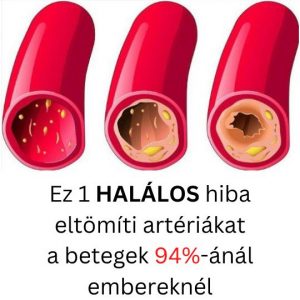The #1 Rated Blood Sugar Formula
Top 10 tips to raise blood pressure fast

How to raise low blood pressure
If you are dealing with hypotension, the first step is to make an appointment with your doctor. After discussing your medical history, lifestyle and other factors, your doctor may change your medications or suggest some lifestyle changes to get to the root of the problem.
It is important not to stop taking any medication or change the dosage without first talking to a health care professional. The same goes for dietary or other changes.
1. drink lots of water
Dehydration can sometimes lead to low blood pressure. Some people may have hypotension even with mild dehydration.
Dehydration can also be achieved by losing water too quickly. This can occur through vomiting, severe diarrhea, fever, strenuous exercise and excessive sweating.
Medications such as diuretics can also cause dehydration. Drink more water using a portable water bottle. Use an alarm or timer to remind you to take a sip.
2. eat a balanced diet
Low blood pressure and other side effects can occur if you are not getting enough nutrients.
Low levels of vitamin B12, folic acid and iron can cause anemia. This condition occurs when the body cannot produce enough blood and can cause low blood pressure.
Your doctor may recommend changes in your daily diet and taking supplements.
3. eat smaller meals
You can get low blood pressure after eating a large meal, although this is more common in older adults. This is because blood flows into your digestive tract after eating. Normally, your heart rate increases to help balance your blood pressure.
You can prevent low blood pressure by eating smaller meals. Also, limiting carbohydrates can help keep your blood pressure stable after eating. Here are more suggestions for foods you can eat and eating habits you can practice.
4. limit or avoid alcohol
Drinking alcohol can lead to dehydration. It can also interact with medications and cause low blood pressure.
5. eat more salt
Sodium helps raise blood pressure. However, it can raise blood pressure too much. It can also lead to heart disease. Ask your doctor what amount is right for you.
Add table salt to whole, unprocessed foods. This helps you control how much salt you consume. Avoid refined and processed salty foods.
6. check blood sugar levels
Diabetes and high blood sugar can lead to low blood pressure. Decreased volume can occur from diuresis, which follows high blood sugar levels. This occurs when the body tries to excrete glucose through increased urination.
Consider using a home monitor to check your blood sugar throughout the day. Meet with your doctor to find out the best diet, exercise and medication plan to help balance your blood sugar.
7. get your thyroid tested
Thyroid diseases are common. Hypothyroidism occurs when you don't produce enough thyroid hormones. This can lead to low blood pressure.
A simple blood test can determine if you have hypothyroidism. You may need medication and a new diet plan to help increase thyroid function.
8. wear compression stockings
Elastic stockings or socks can help prevent blood from pooling in the legs. This helps relieve orthostatic or postural hypotension, which is low blood pressure due to standing, lying down or sitting too often.
Those on bed rest may need a compression brace to help pump blood out of their legs. Orthostatic hypotension is more common in older adults. It occurs in up to 11 percent of middle-aged people and 30 percent of older adults.
9. taking medication
Your doctor may prescribe medications to help treat low blood pressure. These medications help treat orthostatic hypotension:
fludrocortisone, which helps increase blood volume
Midodrine (Orvaten), which helps constrict blood vessels to raise blood pressure
If someone's blood pressure is dangerously low from sepsis, other drugs may be used to raise blood pressure. These include:
alpha-adrenoceptor agonists
adrenaline
norepinephrine
Phenylephrine
vasopressin analogues
Sometimes dopamineTrusted Source is prescribed to treat low blood pressure, too.
10. treatment of infection
Some serious bacterial, viral and fungal infections can cause low blood pressure. Your doctor can find out if you have an infection from a blood test. Treatment includes intravenous antibiotics and antiviral drugs.






